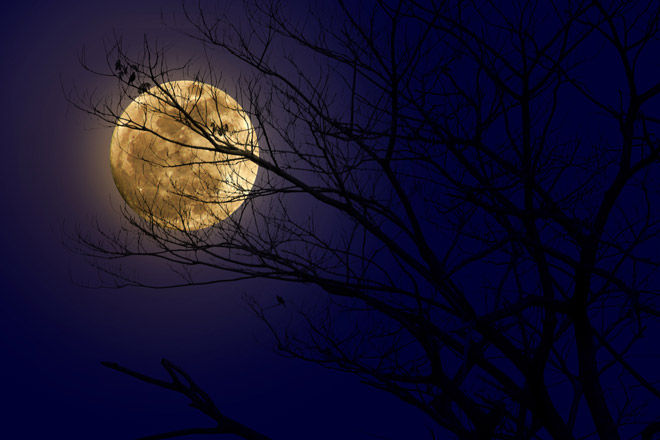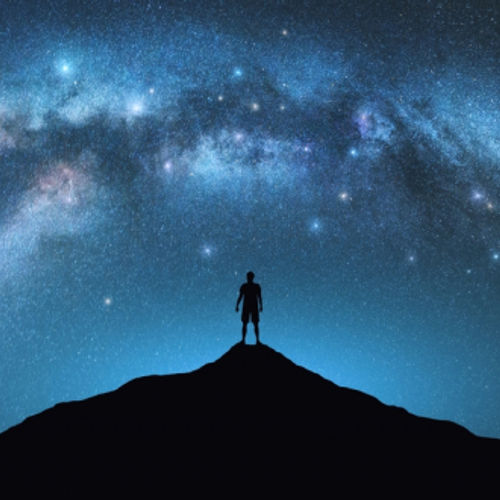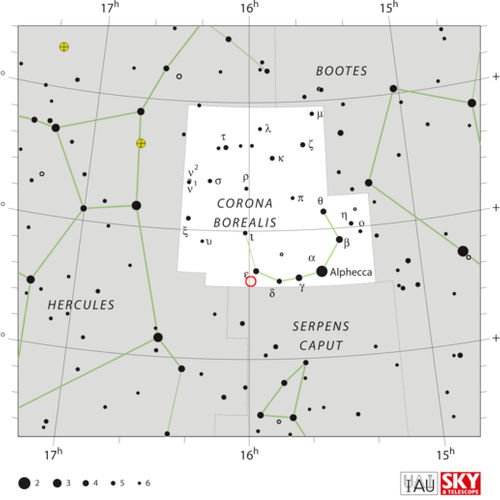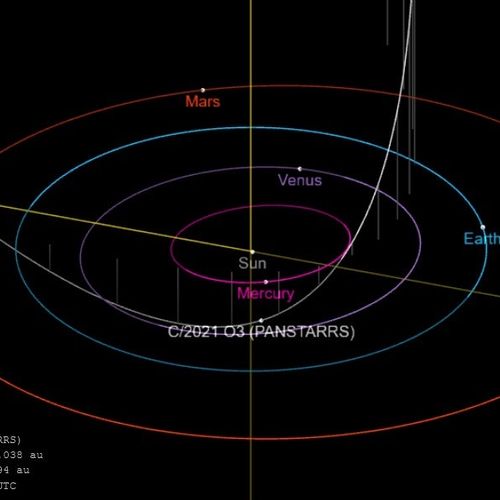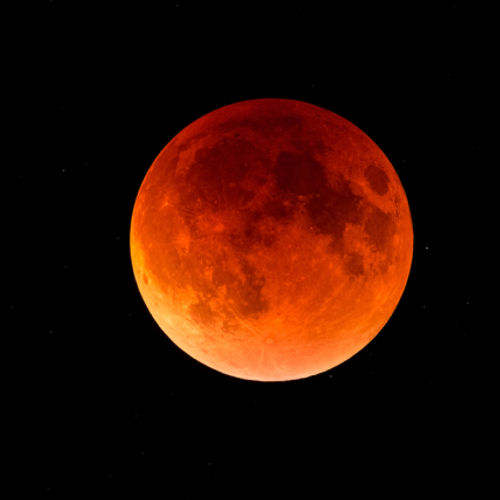
| Added | Sat, 30/12/2017 |
| Источники | |
| Дата публикации | Sat, 30/12/2017
|
| Версии |
SUPERLINE is a full Moon that is the nearest point of its orbit around the Earth. Since the moon's orbit is elliptical, one side, the apogee, 50 million km further from the Earth than the other perigee. Near the perigee full moon seem 14% bigger and 30% brighter than full moons at apogee.
"The supermoon — a great opportunity to begin to observe the Moon, not just once, but every opportunity," says Noah Petro of the space flight Center of NASA Goddard. Little changes with the Moon, it's hard to tell when the satellite is high in the expanse of the night sky. But when the Moon rises or sits down, hanging low on the horizon, shining through the silhouettes of trees or buildings, its size can seem impossible. It seems that you can reach out to the glowing ball and take it in the arm!
If you have the opportunity to see only one episode supersunday trilogy in January, choose the third. It will be special. First, the supermoon January 31 will coincide with a full lunar Eclipse. About twice each year the full Moon is aligned with Earth and the Sun, so earth's shadow completely blocks the sunlight that normally reflects off the moon.
"The lunar Eclipse of 31 January can be seen during sunset the moon. Residents of the Eastern United States, where the Eclipse will be partial, will have to get up in the morning to see it — said Petro. But this is another great chance to see the moon in January."
The moon will lose its brightness and will turn into a more dull color than usual because of the meager sunlight that sneaks through the Earth's atmosphere. Filled with reddish tint, blacked out the moon is called "bloody".
"At this point we see all the sunrises and sunsets of the Earth reflected from the moon's surface," says Sarah noble from the headquarters of NASA.
Supermoon January 31 will be the second full Moon of the month. Some people call the second full moon in a month blue moon, so the phenomenon may be dubbed "the blue supermoon". A blue moon can be observed on average once every 2.5 years. Together with the full Eclipse of the spectacle is really Royal blue bloody SUPERLINE.
The first full Moon in January, also known as the Wolf moon, will be very soon, January 1st.
Translated by «Yandex.Translator»
© sujin vaipia | Shutterstock
Translated by «Yandex.Translator»
Новости со схожими версиями
Log in or register to post comments
